
VEGAS MYTHS BUSTED: Death Valley's Famous Castle Was Built by a Millionaire, Not a Gold Miner
Death Valley's famous "Scotty's Castle" is neither a castle nor was it built by Death Valley Scotty. This fascinating piece of American architecture actually belongs to Albert Johnson, a Chicago insurance millionaire, who constructed it in the 1920s.
Walter Scott, known as "Death Valley Scotty," was a former Buffalo Bill's Wild West Show performer who convinced Johnson to purchase 1,500 acres in Death Valley with false promises of a gold mine. Despite being conned, Johnson forgave Scott and even played along with his tales, allowing people to believe Scott owned the property.
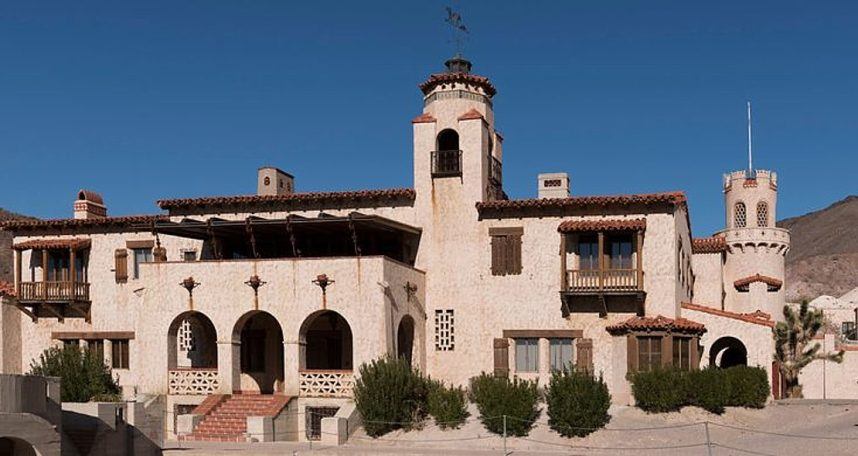
Scotty's Castle in Death Valley
The $1.4 million Spanish Colonial Revival villa ($18.7 million in today's money) was built in 1926 as a winter retreat for the Johnsons. The property included living quarters for 30 workers, mostly Shoshone Indians, who helped construct and maintain the estate.
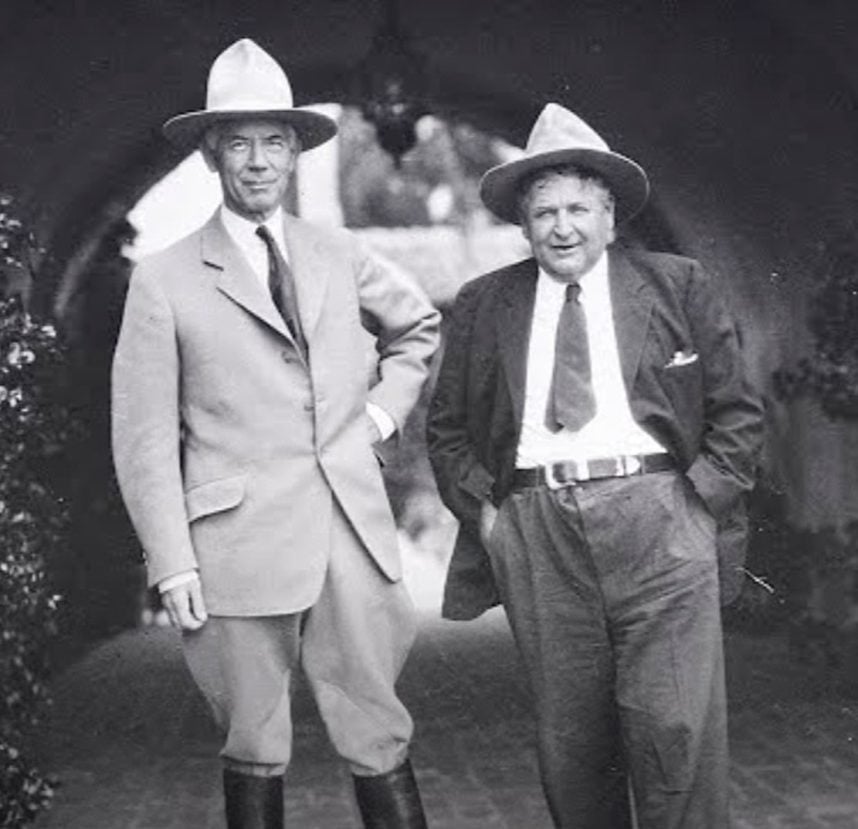
Two suited men in fedora hats
The 1929 stock market crash severely impacted Johnson's wealth, and in 1930 his insurance company went bankrupt. Further complications arose when the land was incorporated into Death Valley National Park in 1933, revealing that the Johnsons' original land survey was incorrect.
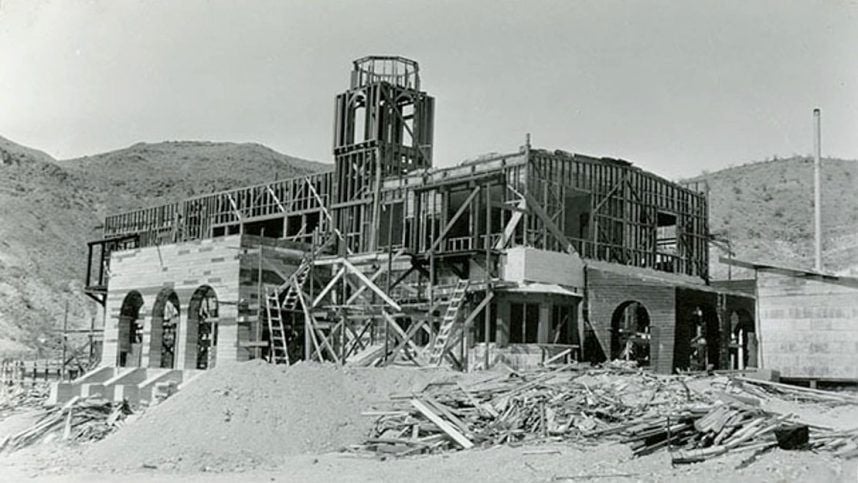
Construction work on Scotty's building site
Contrary to persistent rumors, there was never a secret gold mine beneath the property. The mysterious tunnel often referenced in historical accounts was simply used for construction purposes.
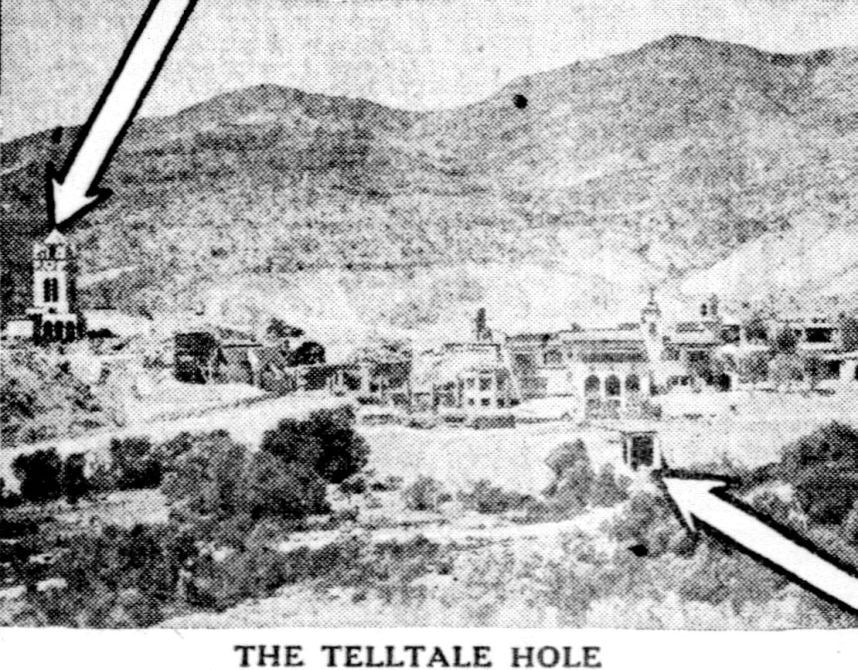
Mountain town beneath snowy peaks
After Bessie Johnson's death in 1943, Albert created a charity and left the property to the Gospel Foundation. He ensured Scott could live there until his death, which came in 1954.
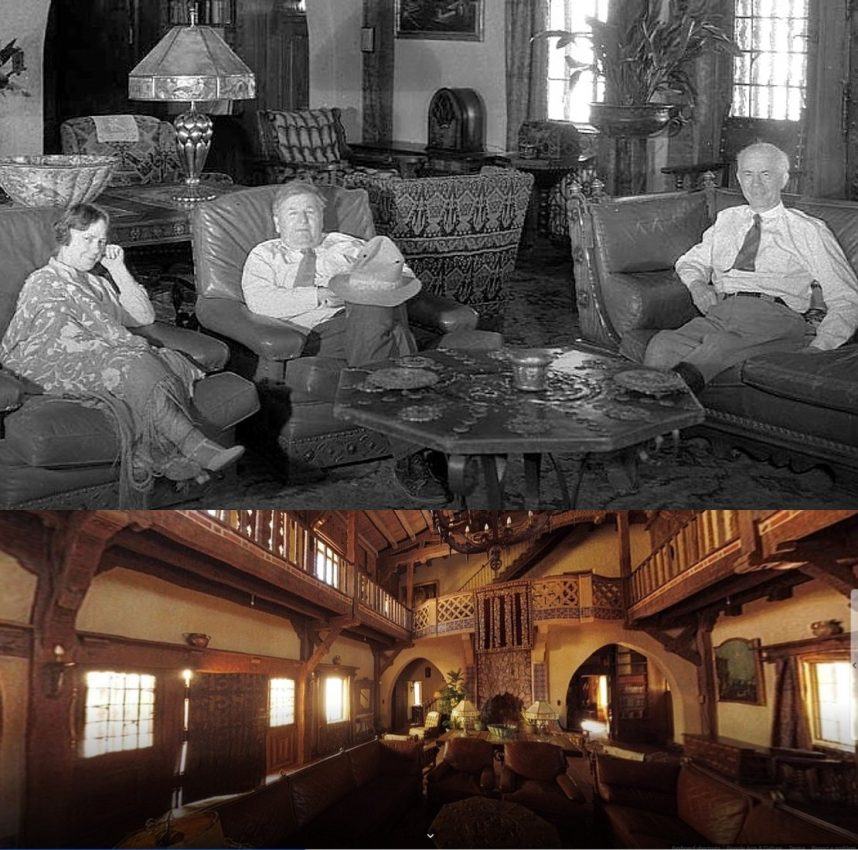
Black and white vs color comparison
The National Park Service purchased the property in 1970 for $850,000. Today, despite damage from a 2015 flood and a 2021 fire that destroyed the visitor center, the site offers seasonal walking tours to the public.
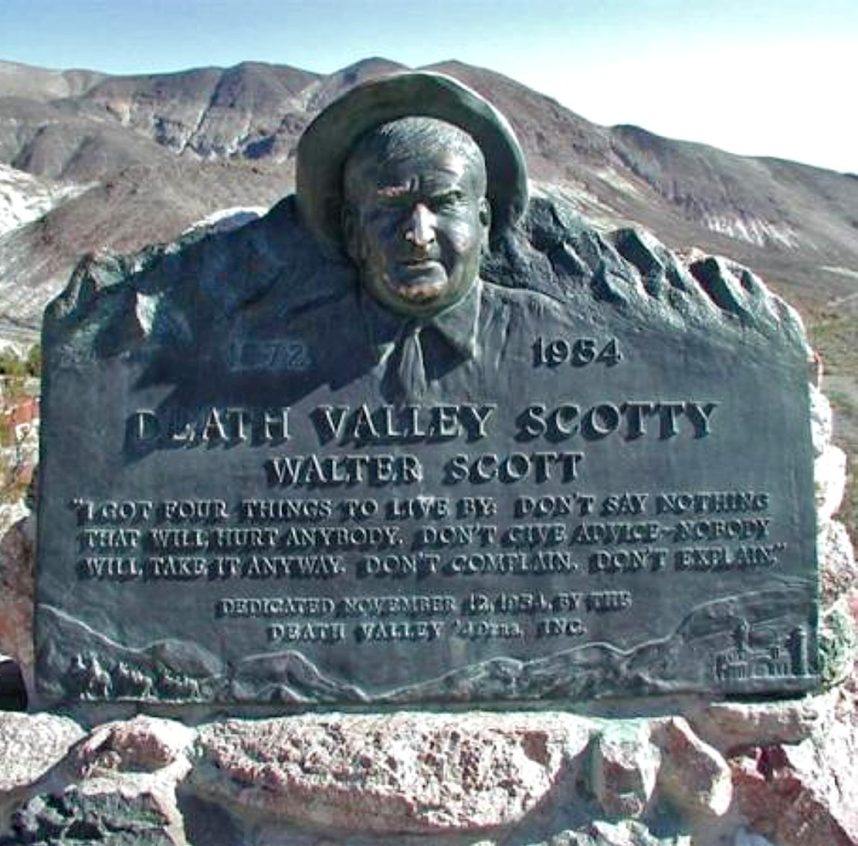
Scotty's grave in Death Valley
Death Valley Scotty was buried on a hill overlooking the estate, a fitting resting place for the man whose tall tales gave this remarkable property its enduring name.
Related Articles

Las Vegas Near Myths: Wild True Stories That Seem Too Crazy to Believe

